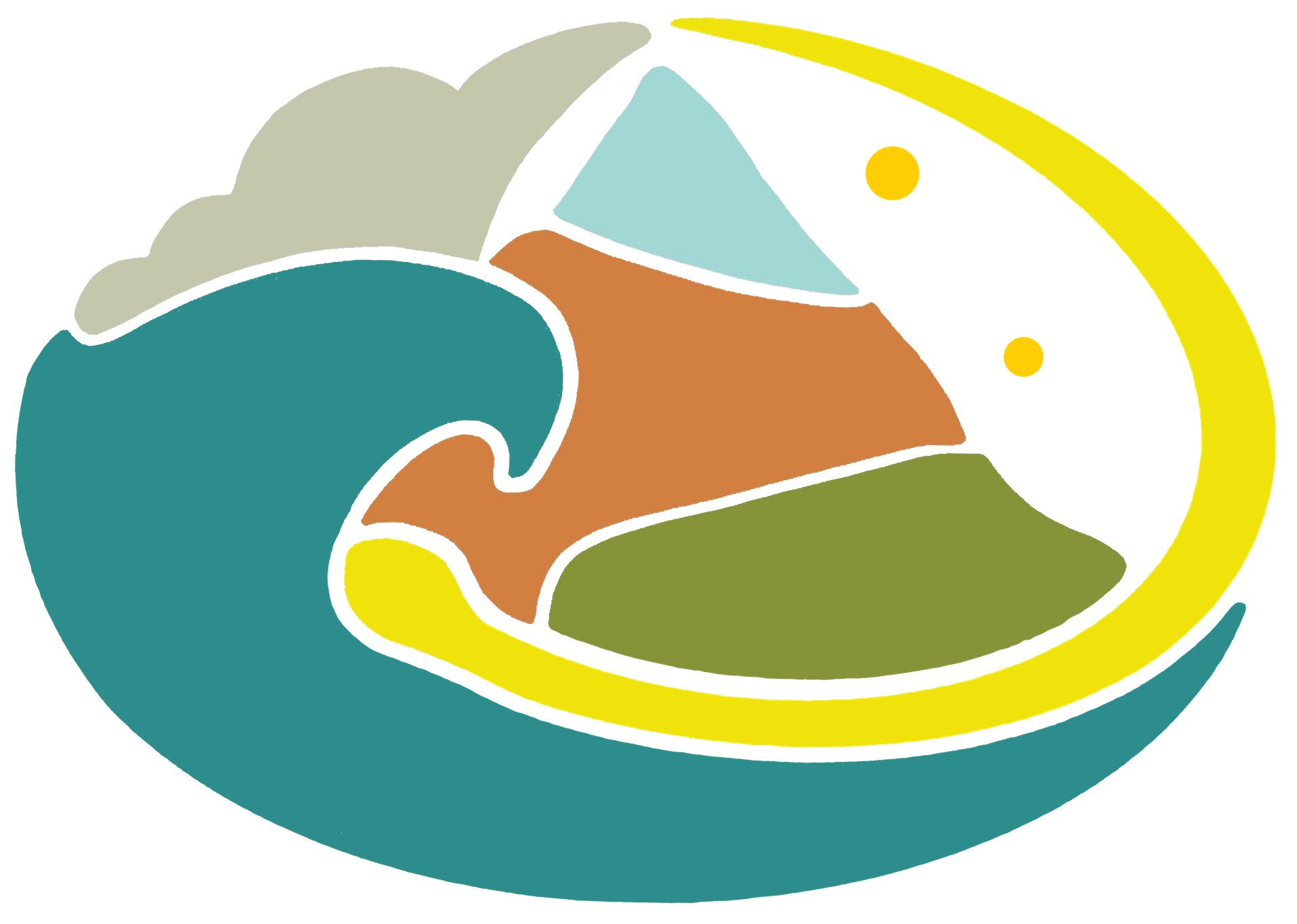1. HOW TO ORGANIZE:
1.1 Identify teachers: 1.1.1 Obtain list of ESS teachers—NSTA (available by State); State Department of Education; & State Science Teacher Associations 1.1.2 Sign up sheet at State Science Teacher Conferences 1.1.3 Obtain a listing of schools teaching ESS from State Department of Education & write directly to ESS teacher(s) 1.1.4 Conduct an email survey of ESS teaching in the State—sending questionnaire to schools/school districts—Sponsorship from State Departments of Education, Science Teacher Associations, University Education Colleges, etc. 1.1.5 Place inserts in The Earth Scientist or your State Science Teachers Newsletter highlighting goals, affairs & personalities of your State organization 1.1.6 Plan an organizational meeting during the State (science) teachers meeting having first solicited some interested teachers—have ESS professional indicate their support
3. PUBLIC RELATIONS. Use any/all opportunities to promote the purpose & conduct the service activities that they will result in a positive image. The effectiveness of public relations depends on amount of time available to spend developing. Use time effectively, where it will affect most number of people—mailings, e-mailings, conferences, & meetings. Involve as many people as possible so that each spends less individual time. Write specific job descriptions for each office/committee & make sure individual jobs are completed
4. PRACTICAL CONSIDERATIONS. Affiliate with any other organizations that will provide you with assistance or exposure to those you seek to serve, but that will not restrict your operations. Solicit financial and/or personnel help from organizations. Most professional organizations are on record willing to assist educational endeavors. Remember they are the parents of pre-college children & are interested in better teaching, particularly in their own career interest area. Try State surveys, water resource, geological etc. State offices of the USGS, NWS, Soil Conservation Service, NOAA, and NASA or state/national professional societies such as AAPG, NAGT and AGU. Other sources of assistance include local/state/national teacher associations/organizations, education departments in state/university/college, local school districts, especially science coordinators; also amateur societies; education/industry coalitions and colleagues/friends/professionals in Earth science subject matter areas
| |
2. WHY ORGANIZE
2.1 Services: Provide services appropriate on regular schedule—on a cost-plus basis (to allow for expansion). Initial funding possibly obtained from a State Education Department or State Science Teacher Association, a State or National professional (ESS) organization, State Science Academy, Coalition, etc. Valuable services include:
2.1.1 Arrange an annual conference in early Fall (or coincident with the State Science Teachers Association conference to take advantage for advertising, sessions, etc.)—conference should include a main (content) speaker, workshops, take home ideas, give aways, etc.
i.e.—“Rocks & Minerals” theme & invite local lapidary society to provide material for show/give away—Professional geologists also involved. The location should be moved around the State different universities (preferred) or schools. Other sources of give aways might include discarded maps, etc. from State/Federal geological surveys, extra copies of textbooks & teaching aids obtained from members
2.1.2 Prepare/sell teaching aids about geology/ESS features of your State. Field trip guides, classroom activities, pamphlets on interesting ESS features, computer simulations, etc. Major ESS concepts, State/National Parks, current important topics such as plate tectonics, energy futures, groundwater contamination, waste disposal, etc. are additional focuses for teaching aids/conference themes
2.1.3 Develop speaker’s bureau from professional geologists, meteorologists, oceanographers, soil scientists, astronomers, and/or informed lay persons for talks in schools
2.1.4 Provide lists of ESS organizations—meeting times/topics—include professional societies, interest groups, etc
2.1.5 Arrange Field trips—best when informal—dual purpose providing interest/instruction for teachers about the local ESS & demonstrating how to offer a similar field activity to students. Perhaps contact a large school system & offer a field trip on their professional development day. Publicize field trips by other organizations
2.2 Support Teachers. Organize to be sensitive to public school teachers. Personnel in higher education can provide support, contacts with other professionals & other unique assistance for pre-college teachers—appreciate their time/financial limitations & know what will help them in the real world in a classroom with students
2.3 As many interested, dynamic & innovative teachers as possible should be involved in meaningful ways to promote the organization & it’s activities, to provide articles/columns for your newsletter, to give advice about dates, schedules, costs, suitability of materials, etc—to edit written material
2.4 Personnel in higher education should be involved as facilitators, arrangers, leaders (of field trips, etc), keynote speakers, technical advisors, etc —in position to call on colleagues for articles, talks, field trips, etc —can provide secretarial assistance
|




